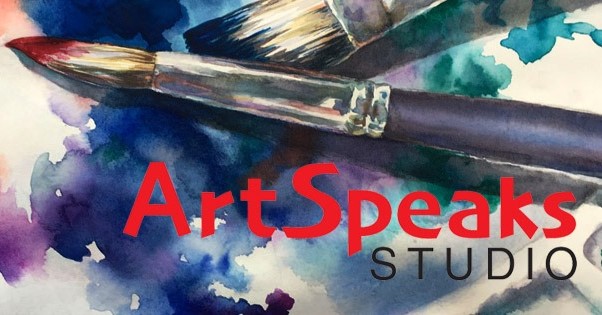I recently went to see a retrospective of the work of a very prolific artist. He creates well-crafted but confusing assemblages of nostalgic memorabilia.
Leon Richmond, “Lake-Sentinel-Fishing-Trip, Mixed Media, 2018
The works seem to be laden with symbolism and cultural references that would be obscure to all but those but accomplished trivia masters. I looked to his artist’s statement to add some context and clarify his intent but that wasn’t to be. Evidently, the confusion created by the statement was intended to parallel the bewildering images. I found myself irritated. Life is confusing enough; I don’t need an artist to tell me so. I expect artists to give us new ways to look at the world rather than just adding to all the noise.
Here is an excerpt of what he said:
“…The white middle/upper/other classes examined have been recorded in both the good and bad books of history and consequently flushed out the birth canals of the unimaginative landfills (progress). Facsimiles with objective meanings defy our understanding in the rubbish now, yet provide proof-positive of who we were, who we are and what we mostly still want to be. So uselessly useful in their time now become “utilitarian fine art” again for their utilitarian purpose in the third place. Artistic alchemical license has freely given the artist a full-on-all-out-all-American stratagem with these junk store findings. America in its most peculiar vintage hour… American at its final artistic process…”
All this tells us is that he is combining a lot of mid-twentieth Century promotional and advertising materials and the results are inexplicable. He could have said that and then provided us some hints about how to view the work. Which leads us to the question, what is an artist statement for?
If you search for information about artist statements, you find that they are intended to supplement the visual information in your artworks and help the audience better understand your work. The goal is to provide context for viewing the work so that viewers are introduced to the artist’s intentions. The advice is to write clearly and directly to explain what compels you to make art and what has influenced you in your work. You might discuss what your work is “about.” Avoid jargon.
After reading your statement, the reader should have some idea of what your work looks like without having seen it. And, hopefully, they will want to see it. If they have seen the art, the artist statement should add another layer of interest to the work so that viewers are even more captivated than they were after they saw the paintings.
Artists need to be able to provide context for their work and an artist statement is a start. If your work has reached a level of maturity, you will find that you are drawn to common themes, design approaches, and stylistic choices. Describe them. Help your audience to share your passion. This will help to build your audience and motivate them to follow you.
Anila Quayyum Agha, “Liminal Space”, Laser Cut Lacquered Steel
I also saw a really interesting visiting exhibition at the Amon Carter Museum in Fort Worth. The artist combines modern approaches and traditional Pakistani imagery in an intriguing way. Here is part of the description of her work:
“Pakistani-American multidisciplinary artist Anila Quayyum Agha’s sculptures are created from intricately cut steel illuminated by a single light source, dramatically filling the room with ornate patterns of light and shadow. Bridging modern and traditional materials with historic and contemporary meanings, her work weaves together complex themes of global politics, social and gender roles, and mass media while simultaneously creating a contemplative, welcoming space that draws you in.”
Do you see the difference? This text is clear and describes the work. It answers the who, what, why and how that is necessary for clear communication.





Comments